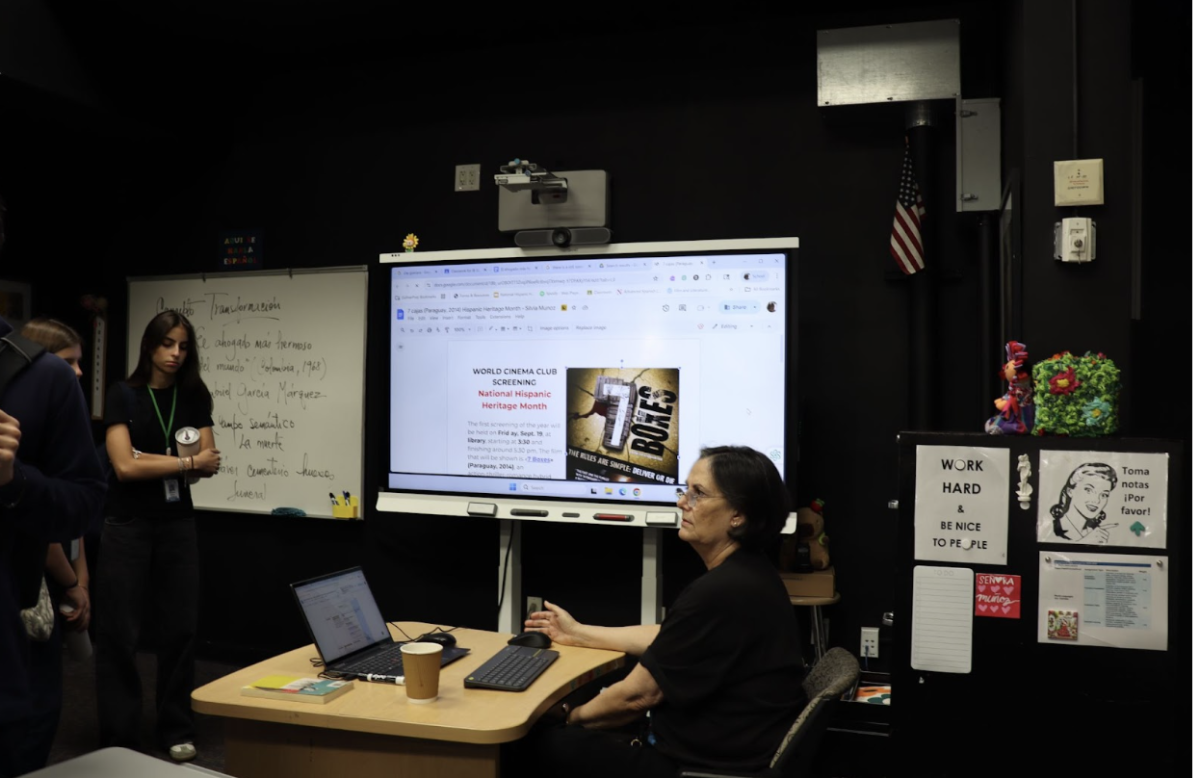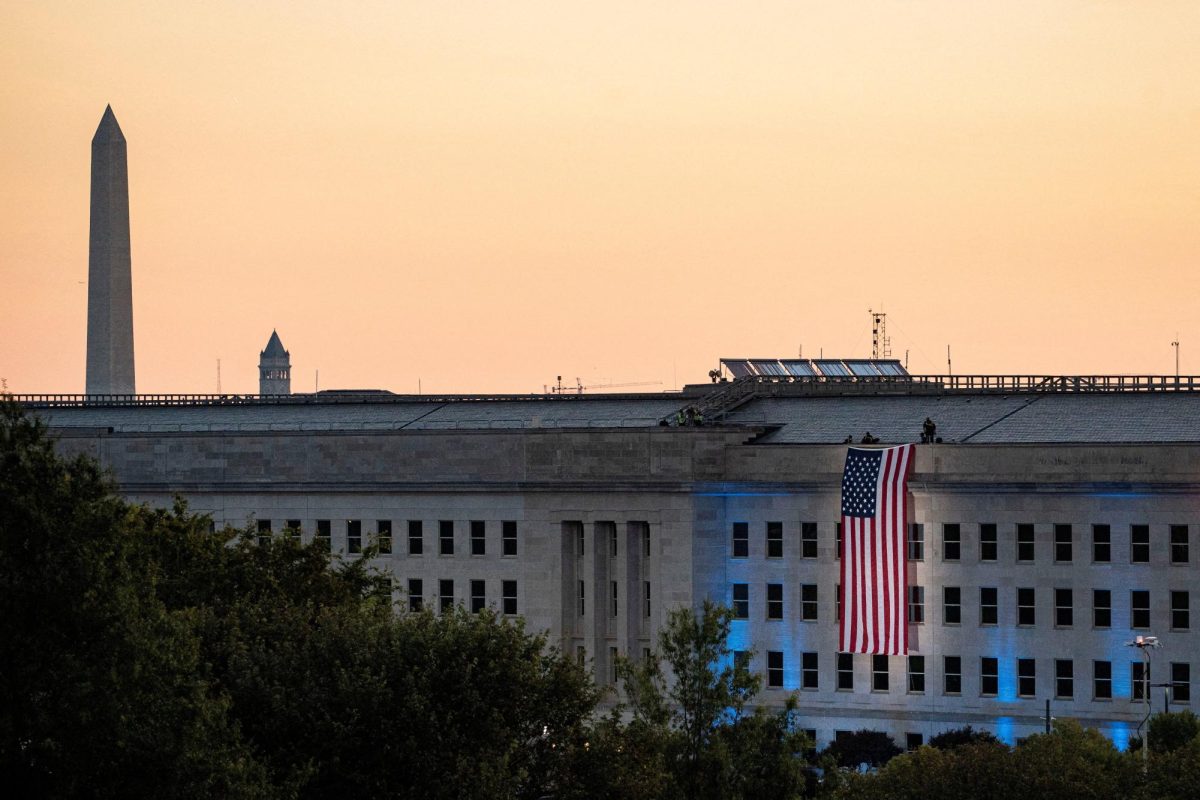Every now and then I venture to YouTube and fall into various rabbit holes. Recently, IŌĆÖve noticed a marked increase in the promotion of energy drinks like Prime Hydration by YouTubers whose collective audience is mostly young adults.
While the consumption of energy drinks may lead to insomnia, anxiety, and jitters according to a 2020 study at Chapman University, the young audience of YouTubers like KSI, Logan Paul, and Mr. Beast (all of whom amass hundreds of millions of subscribers) take to the shelves of their local CVS or Walgreens to buy the latest flavor of Prime because thatŌĆÖs what their favorite YouTubers are promoting. Prime isnŌĆÖt your average energy drink, though: each can of Prime contains 200mg of caffeine which, according to NBC News, is comparable to six cans of Coca-Cola or 2.5 Red Bulls.
I think the problem here has less to do with the broad availability of energy drinks and more with the way Prime is marketed to youth.┬Ā
Arguably, Prime initially gained its stardom when YouTubers Logan Paul and KSI (the beverageŌĆÖs co-founders) began promoting their new product on their channels and collaborated with other YouTubers like Mr. Beast. On my frequent visits to YouTube, even I canŌĆÖt escape a big-name YouTuber marketing an energy drink, most often Prime.
Making matters worse, and especially appealing to youth, is PrimeŌĆÖs packaging design. Its cans feature appealing and bright colors with large, easy-to-read text that call consumersŌĆÖ attention. Flavor names like Ice Pop and Blue Raspberry are enticing to young palates as well.

While many believe that a federal ban on sales of energy drinks to minors is the solution, nicotine vaping products ŌĆō an equally problematic category with marketing tactics similar to PrimeŌĆÖs ŌĆō provide a cautionary tale. While the sale of vapes to minors is prohibited by law, teens still find ways to purchase the addictive sticks: the cosnumer canŌĆÖt help buying whatŌĆÖs marketed to them. A change in marketing messages to better educate young consumers about the dangers of energy drink abuse might be a better and more sustainalbe solution.┬Ā
Just like Prime, education initiatives regarding the harmful effects of energy drinks should meet young audiences where theyŌĆÖre at: YouTube, TikTok, Instagram, and SnapChat. Any such efforts should leverage insights from similar campaigns like D.A.R.E. and Truth Initiative to properly promote safe consumption of these drinks. If not a completely new program, then adapting existing ones could also be beneficial. Programs like H.I.P. (Health Information Project) should work to incorporate the recent, yet not new, rise in the popularity of energy drinks and why teens may want to limit their consumption of them.
The next time a teen goes to purchase an energy drink, they can think back to these education initiatives and be reminded of the health and addiction risks associated with energy drinks. Instead of reaching for a Prime or Monster, you might find yourself reaching for a less-caffeinated beverage like soda or coffee, both of which can still provide you with your sought-after boost of energy.














